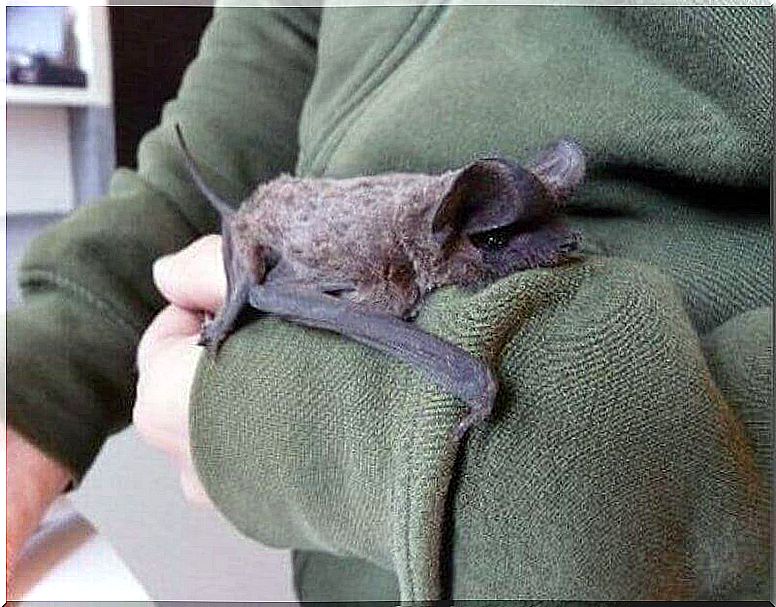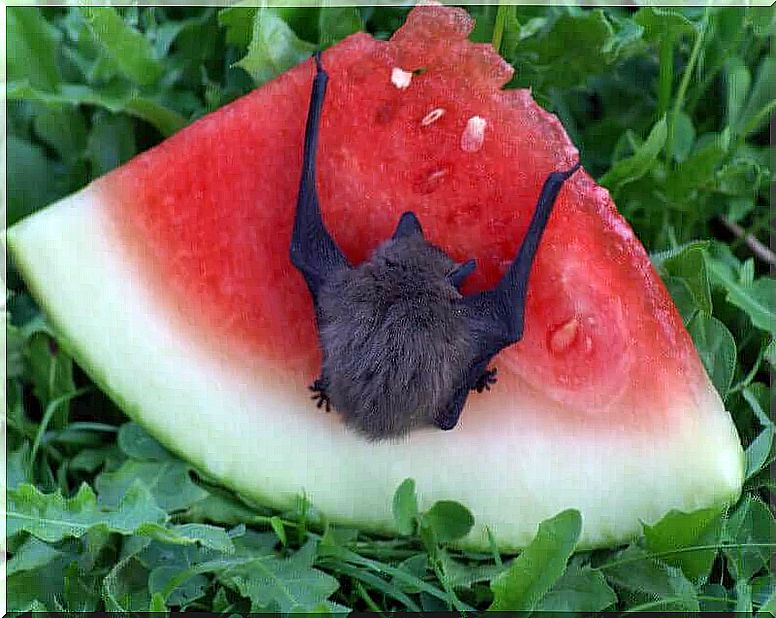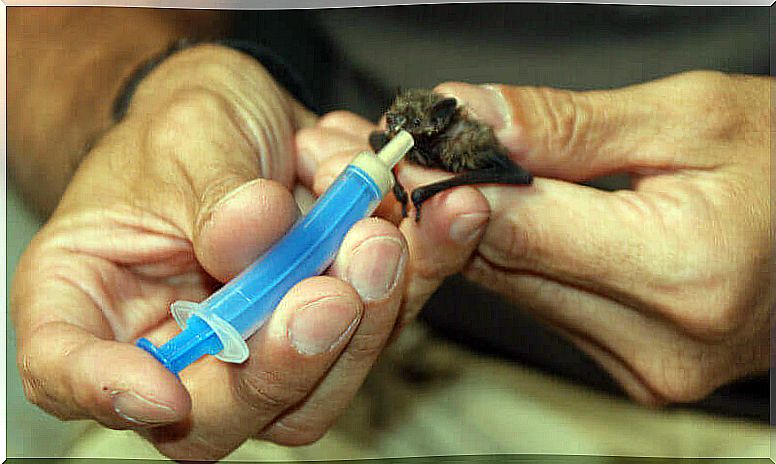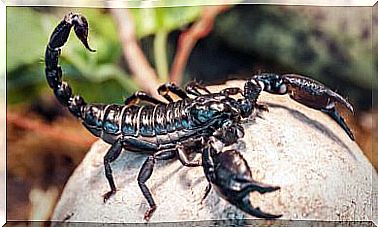The Handling Of Bats In Captivity

Handling bats in captivity is very important. They are common patients in recovery centers for wild animals, especially chicks, who are found by pedestrians outside their nests, or sick individuals.
General information on handling bats
First, anyone who comes into contact with bats should receive rabies vaccination as a preventive method. These animals tend to bite and can be infected, so prevention is important. That’s why wearing leather gloves is also recommended at all times.

When it comes to transporting them, using large cloth bags can be helpful to contain them for several hours. The ideal size of these bags varies depending on the species present in the rescue area. In any case, each bag must be used for only one individual. They must be placed in suspension, well protected, inside cardboard or wooden boxes at the time of collection, in order to facilitate transport and avoid knocks.
captive bats
installations
Bats require large installations, especially larger species. In that case, the easiest way to hold them for an exam is to use a butterfly net.
In these installations, it is recommended to place shelters – made of wood – where they can hang and hide. The ideal is to house at least three or four individuals per facility. Bats forced to remain in small facilities, forming large groups, often suffer injuries and alopecia, resulting from stress and fights with other individuals.

Despite being sociable animals, bats tend to feed themselves. Therefore, it is necessary to facilitate the availability of spaces so that they move away from each other. For example, in large groups, several trays of food should be placed at different points, far from each other. With this, we avoid possible collisions during the ‘landing’.
As bats do not tolerate cold well, it is recommended to provide a temperature in the premises close to 38 ºC. And, at night, you have to keep the radiator off so that there is a day-night duality. With these measures, animals have higher survival rates and higher food consumption.
food
Many bats tend to capture their prey or pick up pieces of fruit in flight. However, individuals who have been recently picked up and kept in containers that are not big enough can present difficulties when it comes to flying.

For the first few days after capture, the food must be placed in an accessible manner on the floor of the facility. Otherwise, premature death of the animal may occur. Some individuals will need to be fed manually until they are able to do this on their own.
Diseases and causes of mortality
The first cause of mortality in bats in captivity is the stress of the capture itself, which occurs in the first hours. In addition, animals that survive can develop salmonellosis and other infections from injuries generated during transport and fights with other individuals. Ectoparasites are also quite common and can even kill offspring.
Captive Bats: The Breeding Season
In case newborn bats arrive at the clinic, they will need to be given a special formula with a syringe. These animals must be fed four times a day, the amount corresponding to 5% of their weight. And it’s important to keep them at temperatures between 36 and 40 ºC for at least two hours before being fed.










